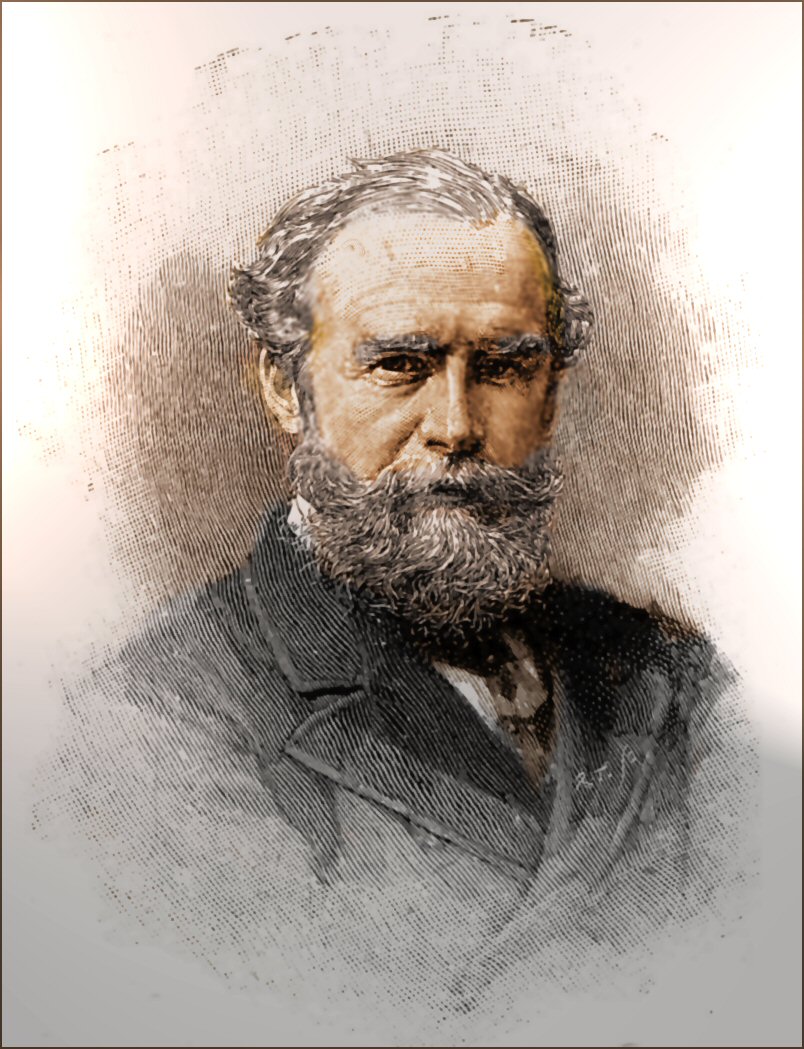|
Pauropodidae
Pauropodidae is the most diverse family of pauropods, containing 27 genera and more than 800 species. This family has a subcosmopolitan distribution. These pauropods usually live in the soil on mountains and hills. This family also includes the only known fossil pauropod ('' Eopauropus''). Description Pauropods in this family are generally whitish and small, less than 2 mm in length. These pauropods feature a sternal antennal branch with one seta In biology, setae (; seta ; ) are any of a number of different bristle- or hair-like structures on living organisms. Animal setae Protostomes Depending partly on their form and function, protostome setae may be called macrotrichia, chaetae, ... and one globulus (i.e., spheroid sense organ), setae on the head and tergites that are usually tapering or cylindrical, and a single anal plate. Like most adult pauropods in the order Tetramerocerata, most adults in this family have 9 pairs of legs, but adults in one genus, '' Cauvet ... [...More Info...] [...Related Items...] OR: [Wikipedia] [Google] [Baidu] |
Pauropod
Pauropoda is a class of small, pale, millipede-like arthropods in the subphylum Myriapoda. More than 900 species in twelve families are found worldwide, living in soil and leaf mold. Pauropods look like centipedes or millipedes and may be a sister group of the latter, but a close relationship with Symphyla has also been posited. The name Pauropoda derives from the Greek ''pauros'' (meaning "small" or "few") and ''pous'', genitive ''podos'' (meaning "foot"), because most species in this class have only nine pairs of legs as adults, a smaller number than those found among adults in any other class of myriapods. Anatomy Pauropods are soft, cylindrical animals with bodies measuring only 0.3 to 2 mm in length. They have neither eyes nor hearts, although they do have sensory organs which can detect light. The body segments have ventral tracheal/spiracular pouches forming apodemes similar to those in millipedes and Symphyla, although the trachea usually connected to these structur ... [...More Info...] [...Related Items...] OR: [Wikipedia] [Google] [Baidu] |
Tetramerocerata
Tetramerocerata is an order of pauropods containing 11 families and more than 900 species. This order was created in 1950 to distinguish these pauropods from those in the newly discovered genus '' Millotauropus'', which was found to have such distinctive features as to warrant placement in a separate order ( Hexamerocerata) created to contain that genus. The order Tetramerocerata includes the vast majority of pauropod species, as there are only eight species in the order Hexamerocerata, which remains the only other order in the class Pauropoda. Description Adult pauropods in the order Tetramerocerata feature antennae that have four stalk segments and are not telescopic, whereas species in the order Hexamerocerata have strongly telescopic antennae with six stalk segments. Two antennal branches emerge from the distal end of the fourth segment in Tetramerocerata, one dorsal and one ventral; in Hexamerocerata, however, the dorsal branch emerges from the distal end of the fifth s ... [...More Info...] [...Related Items...] OR: [Wikipedia] [Google] [Baidu] |
Eopauropus
''Eopauropus balticus'' is a prehistoric pauropod known from mid-Eocene Baltic amber. It is the only known pauropod in the fossil record. As pauropods are normally soil-dwelling, their presence in amber Amber is fossilized tree resin. Examples of it have been appreciated for its color and natural beauty since the Neolithic times, and worked as a gemstone since antiquity."Amber" (2004). In Maxine N. Lurie and Marc Mappen (eds.) ''Encyclopedia ... (fossilized tree sap) is unusual, and they are the rarest known animals in Baltic amber. References Prehistoric myriapods Baltic amber Fossil taxa described in 2001 Pauropoda Animals described in 2001 {{paleo-myriapod-stub ... [...More Info...] [...Related Items...] OR: [Wikipedia] [Google] [Baidu] |
Decapauropus
''Decapauropus'' is a large genus of pauropods in the family Pauropodidae that includes more than 300 species. This genus was originally described by the French zoologist Paul Remy in 1931 to contain the newly discovered type species '' Decapauropus cuenoti.'' As the name of this genus suggests, this genus is notable for including females with ten pairs of legs instead of the nine leg pairs usually found in adult pauropods in the order Tetramerocerata. Before the discovery of ''D. cuenoti'', adult pauropods were thought to have invariably nine pairs of legs. Description In 1957, Remy demoted ''Decapauropus'' from a genus to a subgenus within the genus ''Allopauropus'', but the Swedish zoologist Ulf Scheller restored ''Decapauropus'' as a separate genus in 2008. Pauropods in both genera have five-segmented legs for the first and last leg pairs and six-segmented legs for the pairs in between. The two genera can be distinguished, however, by the setae on the pygidial sternum: Whe ... [...More Info...] [...Related Items...] OR: [Wikipedia] [Google] [Baidu] |
John Lubbock, 1st Baron Avebury
John Lubbock, 1st Baron Avebury (30 April 1834 – 28 May 1913), known as Sir John Lubbock, 4th Baronet, from 1865 until 1900, was an English banker, Liberal Party (UK), Liberal politician, philanthropist, scientist and polymath. Lubbock worked in his family company as a banker but made significant contributions in archaeology, ethnography, and several branches of biology. He coined the terms "Paleolithic, Palaeolithic" and "Neolithic" to denote the Old and New Stone Ages, respectively. He helped establish archaeology as a scientific discipline, and was influential in debates concerning evolutionary theory. He introduced the first law for the protection of the UK's archaeological and architectural heritage. He promoted the establishment of public libraries and was also a founding member of the X Club. Early life John Lubbock was born in 1834, the son of Sir John Lubbock, 3rd Baronet, a London banker, and his wife Harriet. He was brought up in the family home of High Elms Count ... [...More Info...] [...Related Items...] OR: [Wikipedia] [Google] [Baidu] |

